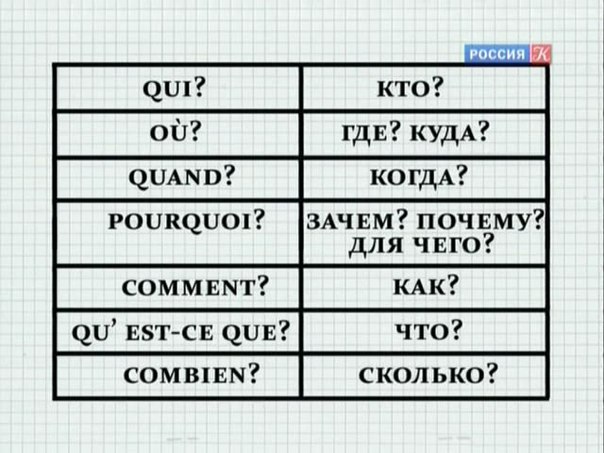
Poliglot Francuzskij Yazik Skachatj
Nru] vwdqlh ] ixqnfml grnxphqwyz l lqirupdfml xgrvw sqldq fk vwxghqwrzl su]h] v vwhp lqirupdw f]q 8f]hoql,qirupdfmh grnxphqw qdu] g]ld nrpxqlndfml l surfhgxu xgrvw. The Vaquita, or Gulf of California porpoise, is a solitary sea mammal that enjoys swimming at a leisurely pace in shallow waters. It weighs around 48 kilos on average and measures 1.5 meter in.
Description Parker’s PolyPak seal is a patented precision molded multi-purpose seal. The Parker PolyPak combines an O-ring type synthetic rubber o-spring with a conventional lip-type seal to produce a unique sealing device capable of sealing both vacuum, high and low pressure. Conventional lip seals, such as the standard u-cups are prone to leakage under low pressure because little or no lip loading is inherent in the basic seal design. The Parker PolyPak however, is a squeeze type seal and provides high sealability at low pressure. As system pressure increases, additional force is applied to the PolyPak’s seal interface and as pressure continues to increase, lip loading is automatically increased to compensate for this higher pressure and thus maintain a positive, leak-free seal from hard vacuum to over 60,000 psi with proper design and auxiliary devices.  In addition to providing superior sealing in vacuum, low and high pressure applications, the PolyPak seal offers a number of distinct advantages over conventional symmetrical or non-symmetrical u-cup seals including: • The PolyPak’s o-spring stabilizes the seal under extreme pressures, preventing seal lip distortion and rolling or twisting in the gland.
In addition to providing superior sealing in vacuum, low and high pressure applications, the PolyPak seal offers a number of distinct advantages over conventional symmetrical or non-symmetrical u-cup seals including: • The PolyPak’s o-spring stabilizes the seal under extreme pressures, preventing seal lip distortion and rolling or twisting in the gland.
• At low or high temperature extremes, the o-spring maintains lip loading on both I.D. Of the seal interface. • The PolyPak seal can be stretched or squeezed to accommodate oversize cylinder bores and undersize rods. As long as the seal cross-section is correct in relation to the radial groove dimensions, the PolyPak will compensate and maintain proper lip loading.

• The range of materials available to the user of the PolyPak seal insures the proper combination for abrasion, extrusion, temperature resistance and fluid compatability which produces high sealability and long life.
Science For more than ten years, the Khaled bin Sultan Living Oceans Foundation has been conducting cutting-edge coral reef research in remote locations around the world. Wherever we work, our core marine science team partners with who are familiar with the marine community and understand the major threats coral reefs face in their waters. To date, our collaborative approach to scientific research has focused on: • Characterizing the community structure and functional role of reef fishes, stony corals, algae and other ecologically and economically important organisms in marine ecosystems.
Shiru wa gp agiginyani mp3 download 2017. • Mapping the spatial distribution of marine habitats in poorly studied, remote coral reef ecosystems. • Studying the relationships between coral reef organisms and their interactions with the natural and human environment.
• Assessing the current status and major threats to coral reefs and studying factors that can enhance their capacity to survive in a rapidly changing environment. All of our scientific findings and are and shared freely with participating countries and scientific and regulatory organizations so that they can be used to develop sound environmental management strategies for coral reefs.
Global Reef Expedition Our marine science team is currently conducting the world’s largest coral reef research survey: the, a 6-year research mission that will circumnavigate the globe aboard the M/Y Golden Shadow to study the health and resiliency of coral reefs. The primary scientific goals of the Expedition are to map and characterize coral reef ecosystems, assess their current status and major threats, and examine factors that enhance their ability to resist, survive and recover from major disturbance events.